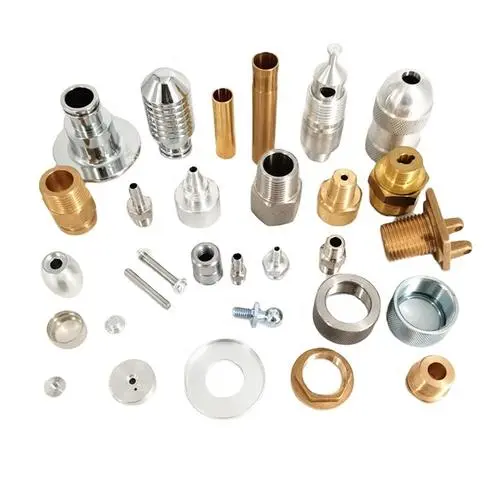Introduction To Machining Parts China Global Sourcing
In today’s interconnected world, global sourcing has become an integral part of many industries, especially when it comes to machining parts. Among the various countries known for their manufacturing capabilities, China stands out as a leading player in the market. With its vast industrial base and competitive pricing, China has emerged as a preferred destination for businesses seeking high-quality machining parts at affordable prices.
Machining parts play a crucial role in numerous sectors such as automotive, aerospace, electronics, and machinery. They are essential components that require precision engineering and adherence to strict quality standards. By leveraging China’s expertise in manufacturing and its advanced technologies, businesses can benefit from cost-effective solutions without compromising on quality.
Benefits Of Outsourcing Machining Parts To China
Outsourcing machining parts to China offers several benefits for businesses worldwide. Firstly, China has developed into a global manufacturing hub, providing access to a vast network of reliable and experienced suppliers. With their advanced machinery and skilled workforce, Chinese manufacturers can produce high-quality parts at competitive prices. Additionally, outsourcing to China allows businesses to leverage economies of scale, as manufacturers often have large production capacities and can handle bulk orders efficiently.
Furthermore, China’s extensive supply chain and logistics infrastructure ensure smooth transportation and delivery of machined parts globally. Lastly, partnering with Chinese manufacturers enables businesses to tap into their technological expertise and innovation-driven culture, gaining access to cutting-edge machining techniques and continuous improvement in product quality.
Factors To Consider When Sourcing Machining Parts From China
When sourcing machining parts from China, there are several crucial factors to consider. First and foremost, it is essential to evaluate the supplier’s capabilities and expertise in manufacturing the specific parts required. Assessing their equipment, technological advancements, and quality control measures will ensure reliable production. Additionally, understanding the supplier’s experience in international trade and their ability to comply with global standards is vital for seamless collaboration.
Furthermore, considering the supplier’s production capacity, lead times, and flexibility is crucial in meeting project timelines effectively. Evaluating their communication skills and responsiveness is also important for maintaining clear channels of dialogue throughout the sourcing process. Lastly, considering factors like transportation logistics, intellectual property protection measures, and overall cost-effectiveness will contribute to successful machining part sourcing from China.
Challenges And Risks In Global Sourcing Of Machining Parts From China
The global sourcing of machining parts from China poses several challenges and risks that must be carefully navigated. One major challenge is the language barrier, as communication can become complex and misunderstandings may occur. Additionally, cultural differences can impact business practices and expectations, leading to potential conflicts or delays in production. Quality control is another significant risk, as it can be challenging to ensure that products meet the required standards without proper supervision and regular inspections on-site.
Intellectual property rights infringement is also a concern, as China has been notorious for counterfeiting and unauthorized use of patented technology. Finally, geopolitical factors such as trade disputes or changes in government policies can introduce uncertainties and disrupt supply chains.
Tips For Successful Global Sourcing Of Machining Parts From China
When it comes to global sourcing of machining parts from China, there are a few key tips that can ensure a successful outcome. Firstly, it is crucial to thoroughly research and vet potential suppliers, considering factors such as their experience, reputation, and quality control measures. Establishing clear communication channels with the supplier is also essential to ensure effective collaboration and timely delivery.
Additionally, conducting on-site visits or utilizing third-party inspection services can help verify the supplier’s capabilities and compliance with international standards. Another important aspect is negotiating favorable terms in terms of pricing, payment methods, and intellectual property protection. Finally, maintaining a proactive approach by regularly monitoring the production process and addressing any issues promptly will contribute to a smooth global sourcing experience for machining parts from China.

